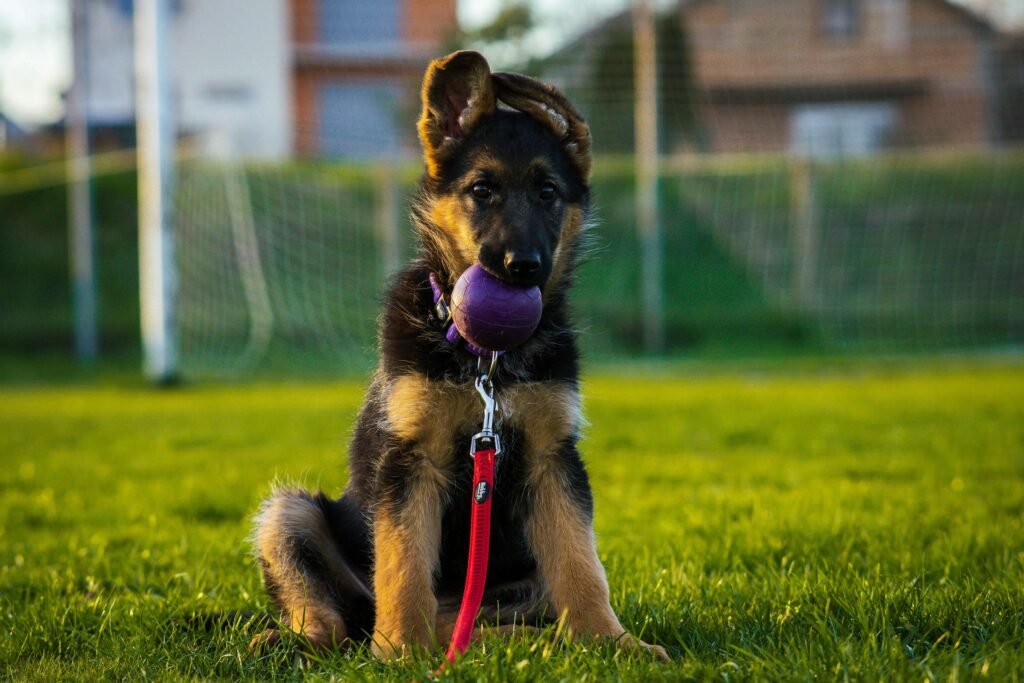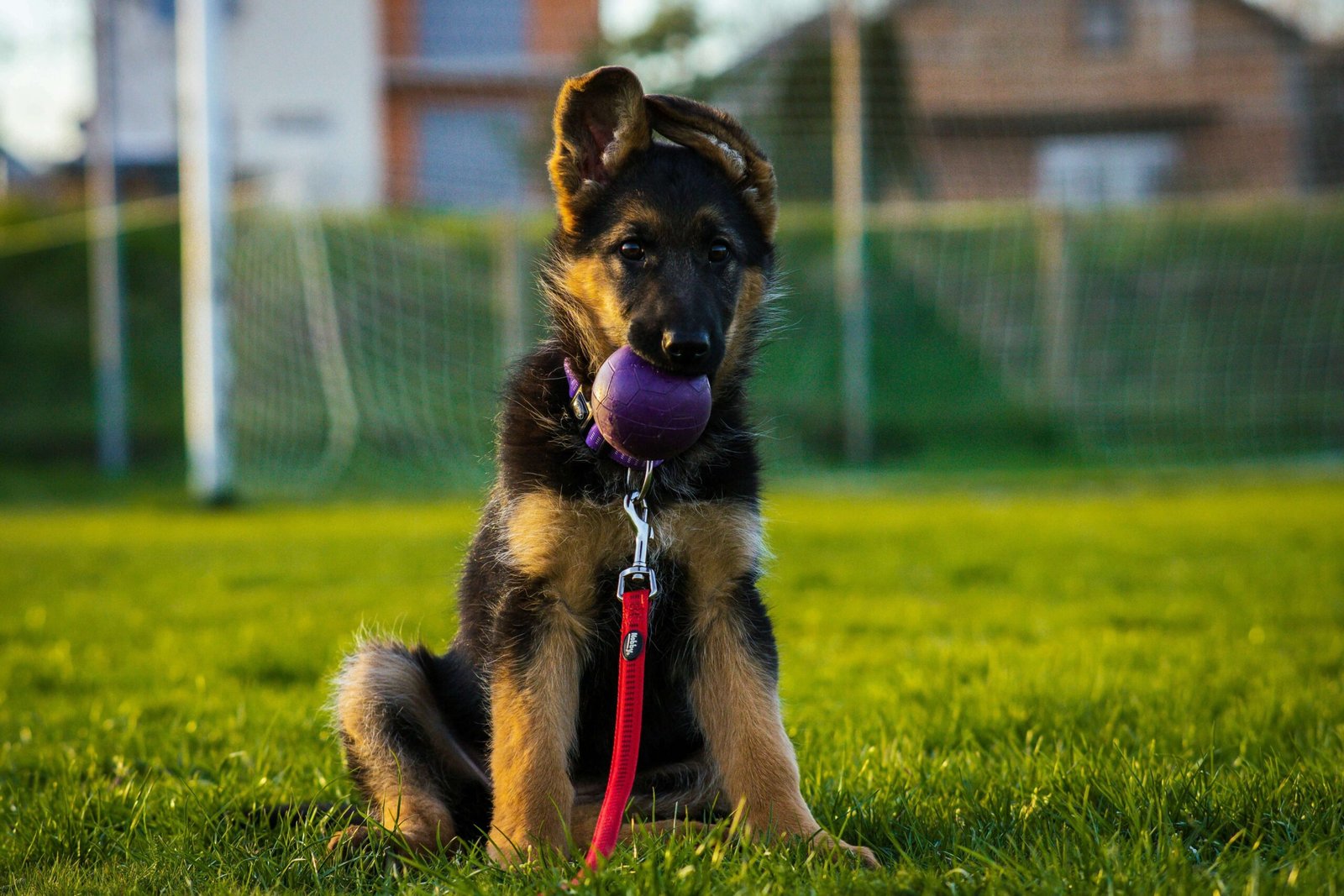Unlocking the Power of German Dog Commands: A Trainer’s Secret Weapon
When it comes to training dogs, communication is key. Whether you’re a seasoned dog owner or a first-time puppy parent, using clear and consistent commands can make all the difference in building a strong bond with your furry friend. While English commands are widely used, many trainers swear by German dog commands for their precision and effectiveness. These commands are not only practical but also carry a certain authority that dogs seem to respond to instinctively. In this blog post, we’ll explore why German commands are so popular, how to use them, and the benefits they bring to both you and your canine companion.
Why Choose German Dog Commands?
If you’ve ever wondered why professional dog trainers often use German commands, here’s a breakdown of the top reasons:
Clarity and Consistency
German commands are typically short, sharp, and distinct, making them easy for dogs to recognize and respond to.Reduced Confusion
Using a foreign language minimizes the chances of accidentally giving conflicting commands in everyday conversation.Authority in Tone
The guttural sounds and strong consonants in German naturally convey a sense of authority, which can be particularly effective for working dogs.Cultural Legacy
German commands are deeply rooted in the history of dog training, especially for breeds like German Shepherds, which were originally bred in Germany.Versatility Across Breeds
These commands work universally, regardless of the dog’s breed or background, making them a versatile tool for trainers worldwide.
Incorporating German commands into your training routine can elevate your dog’s responsiveness and strengthen your bond. It’s no wonder they remain a favorite among professionals!
Essential German Dog Commands Every Owner Should Know
Ready to start training your dog with German commands? Here’s a list of essential phrases to get you started:
Sitz (Sit)
This command is perfect for teaching your dog to sit calmly in various situations, such as during mealtime or when greeting guests.Platz (Down)
Use this command to encourage your dog to lie down, which is useful for calming them in public spaces.Hier (Come)
A reliable recall command ensures your dog returns to you promptly, even in distracting environments.Fuß (Heel)
Teaching your dog to walk beside you without pulling makes walks more enjoyable for both of you.Aus (Drop It/Leave It)
This command helps prevent your dog from picking up dangerous objects or food off the ground.
Mastering these basic commands lays the foundation for more advanced training and ensures your dog remains well-behaved in any situation.
Check this guide 👉Police Dog Commands: Best 7 Expert Tips!
Check this guide 👉Understanding Military Dog Commands: Best 7 Expert Tips!
Check this guide 👉Dog Commands in Spanish: Best 7 Tips to Train Like a Pro!

Command | Purpose |
|---|---|
Sitz | To make the dog sit |
Platz | To make the dog lie down |
Hier | To call the dog to come |
Fuß | To teach the dog to heel |
Aus | To stop the dog from biting/chewing |
Tips for Teaching German Commands Effectively
Training your dog with German commands requires patience and consistency. Follow these tips to ensure success:
Start Simple
Begin with one command at a time to avoid overwhelming your dog.Use Positive Reinforcement
Reward your dog with treats, praise, or toys whenever they respond correctly to a command.Practice Daily
Short, regular practice sessions help reinforce learning and build muscle memory.Be Patient
Every dog learns at their own pace, so don’t rush the process. Celebrate small victories along the way.Stay Consistent
Always use the same word and tone for each command to avoid confusing your dog.
With dedication and persistence, your dog will soon master these commands and become a joy to train.
Common Mistakes to Avoid When Using German Commands
Even experienced trainers can fall into bad habits when introducing new commands. Here’s what to watch out for:
Mixing Languages
Switching between English and German commands can confuse your dog. Stick to one language for consistency.Overusing Commands
Repeating a command too often without waiting for compliance can dilute its meaning. Say it once, then wait for action.Neglecting Positive Reinforcement
Failing to reward good behavior can discourage your dog from trying again. Always acknowledge their efforts.Using Harsh Tones
While German commands sound authoritative, yelling or shouting can scare your dog and damage trust.Skipping Practice Sessions
Irregular training leads to slower progress. Aim for daily practice, even if it’s just for a few minutes.
Avoiding these pitfalls will set you and your dog up for success in mastering German commands.
The Benefits of Using German Commands in Everyday Life
Incorporating German commands into your daily interactions with your dog can have surprising benefits that extend beyond training sessions. These commands not only enhance obedience but also improve your dog’s focus and responsiveness in real-world scenarios.
Improved Focus in Noisy Environments
German commands stand out due to their distinct sounds, which help your dog concentrate even in chaotic settings like parks or busy streets.Reduced Distractions at Home
Using a foreign language minimizes the chances of family members accidentally giving conflicting instructions during casual conversations.Enhanced Bond Through Consistency
When you consistently use German commands, your dog learns to trust and rely on your guidance, strengthening your relationship.
By integrating these commands into everyday life, you’ll notice a marked improvement in your dog’s behavior and attentiveness, making both of you happier and more confident.
How German Commands Can Help Working Dogs Excel
Working dogs, such as police K9s, search-and-rescue dogs, and service animals, require precision and reliability in their training. German commands are often the go-to choice for trainers working with these highly skilled canines due to their clarity and authority.
Clear Communication in High-Stakes Situations
The sharp, concise nature of German commands ensures that working dogs understand instructions without hesitation, even in stressful environments.Avoiding Misinterpretation
Since German commands are rarely used in casual conversation, there’s less risk of accidental miscommunication during critical moments.Building Confidence in Training
Dogs trained with German commands often exhibit greater confidence in performing tasks, knowing exactly what is expected of them.
For working dogs, mastering German commands isn’t just about obedience—it’s about ensuring they can perform their duties effectively and safely.
Fun Ways to Practice German Commands with Your Dog
Training doesn’t have to be all work and no play! Incorporating fun activities into your practice sessions can make learning German commands an enjoyable experience for both you and your dog.
Play Fetch with a Twist
Use commands like “Hier” (come) and “Platz” (down) while playing fetch to reinforce obedience in a playful setting.Obstacle Courses in the Backyard
Set up a mini agility course and guide your dog through it using “Fuß” (heel) and “Sitz” (sit) to direct their movements.Treat Hunts with “Such” (Search)
Hide treats around the house or yard and encourage your dog to find them using the “Such” command.
By blending training with fun activities, you’ll keep your dog engaged and motivated, turning every session into a bonding opportunity.
Frequently Asked Questions About German Dog Commands
Can I teach my older dog German commands?
Yes! Dogs of all ages can learn new commands with patience and consistent training.
Do I need to speak fluent German to use these commands?
No, you only need to learn the specific commands and their pronunciation.
Will my dog understand German better than English?
Not necessarily, but the distinct sounds of German commands can improve focus and reduce confusion.
How long does it take to train a dog with German commands?
This depends on the dog’s temperament and the trainer’s consistency, but most dogs grasp basics within a few weeks.
Are German commands suitable for all breeds?
Absolutely! These commands are effective for any breed, size, or age of dog.
Unleash Your Dog’s Potential with German Commands
Training your dog with German commands is more than just a novelty—it’s a proven method to enhance communication, discipline, and mutual understanding. By incorporating these concise and authoritative phrases into your routine, you’ll unlock a deeper level of connection with your four-legged friend. Remember, the key to successful training lies in consistency, positivity, and patience. So grab some treats, practice those commands, and watch your dog thrive under your guidance. Happy training!
Cat Fever Treatment: Best 7 Expert Tips! Discover expert advice on identifying, managing, and treating fever in cats to ensure their quick recovery and well-being.
Understanding Meloxicam for Cats: Best 7 Expert Tips! Learn how to safely administer meloxicam, manage side effects, and ensure your cat's comfort with expert advice on feline pain relief.
Amoxicillin for Cat UTI: Best 7 Expert Tips! Discover safe usage, dosage guidelines, and expert advice on treating feline urinary tract infections effectively with amoxicillin.
Understanding Cat Cancer Treatment: Best 7 Expert Tips! Discover expert advice on managing feline cancer, from early detection to treatment options, ensuring your cat’s health and comfort.





